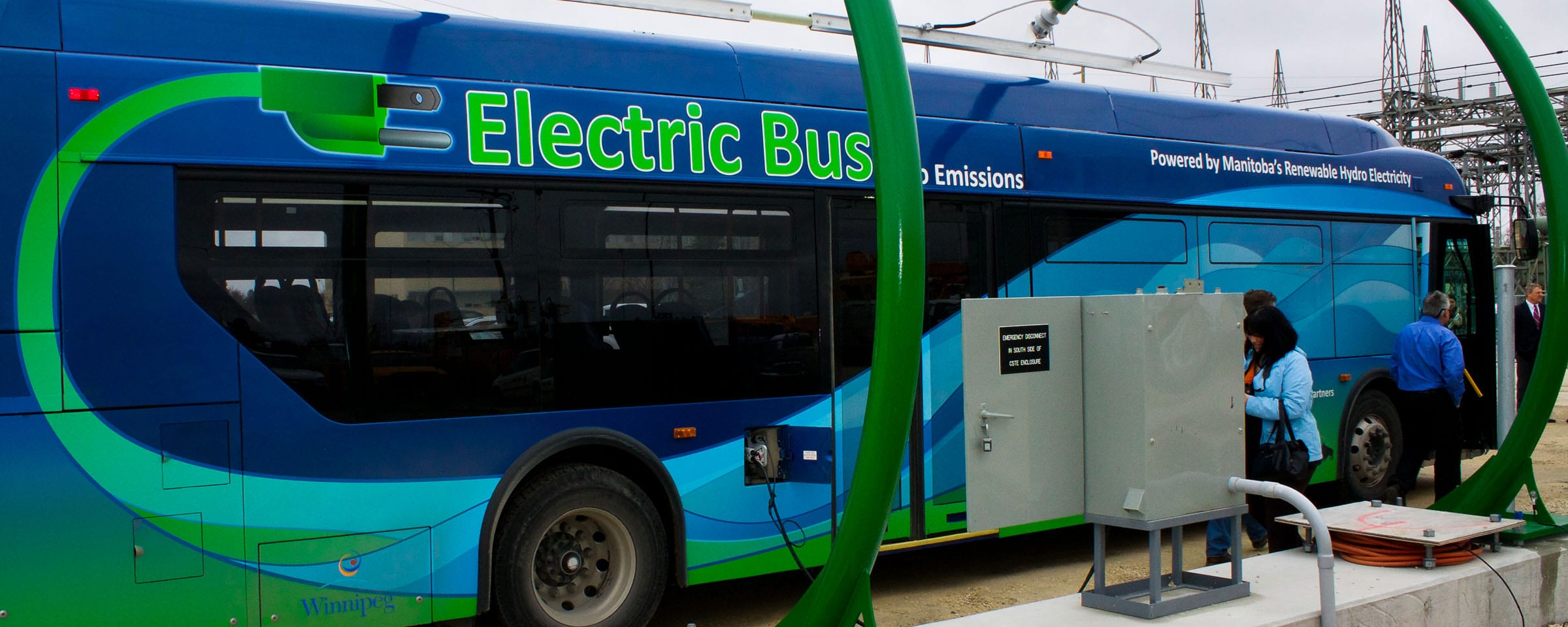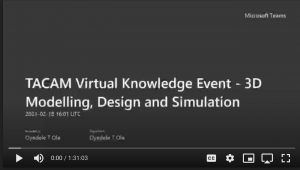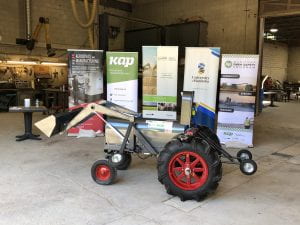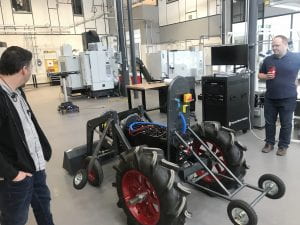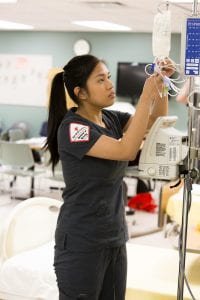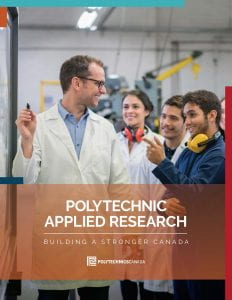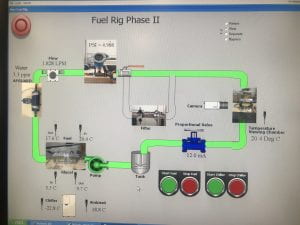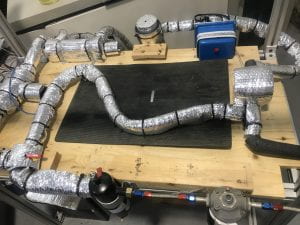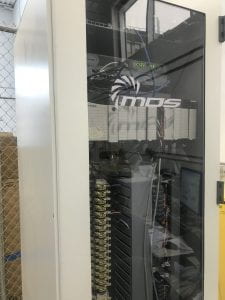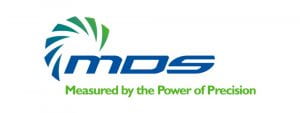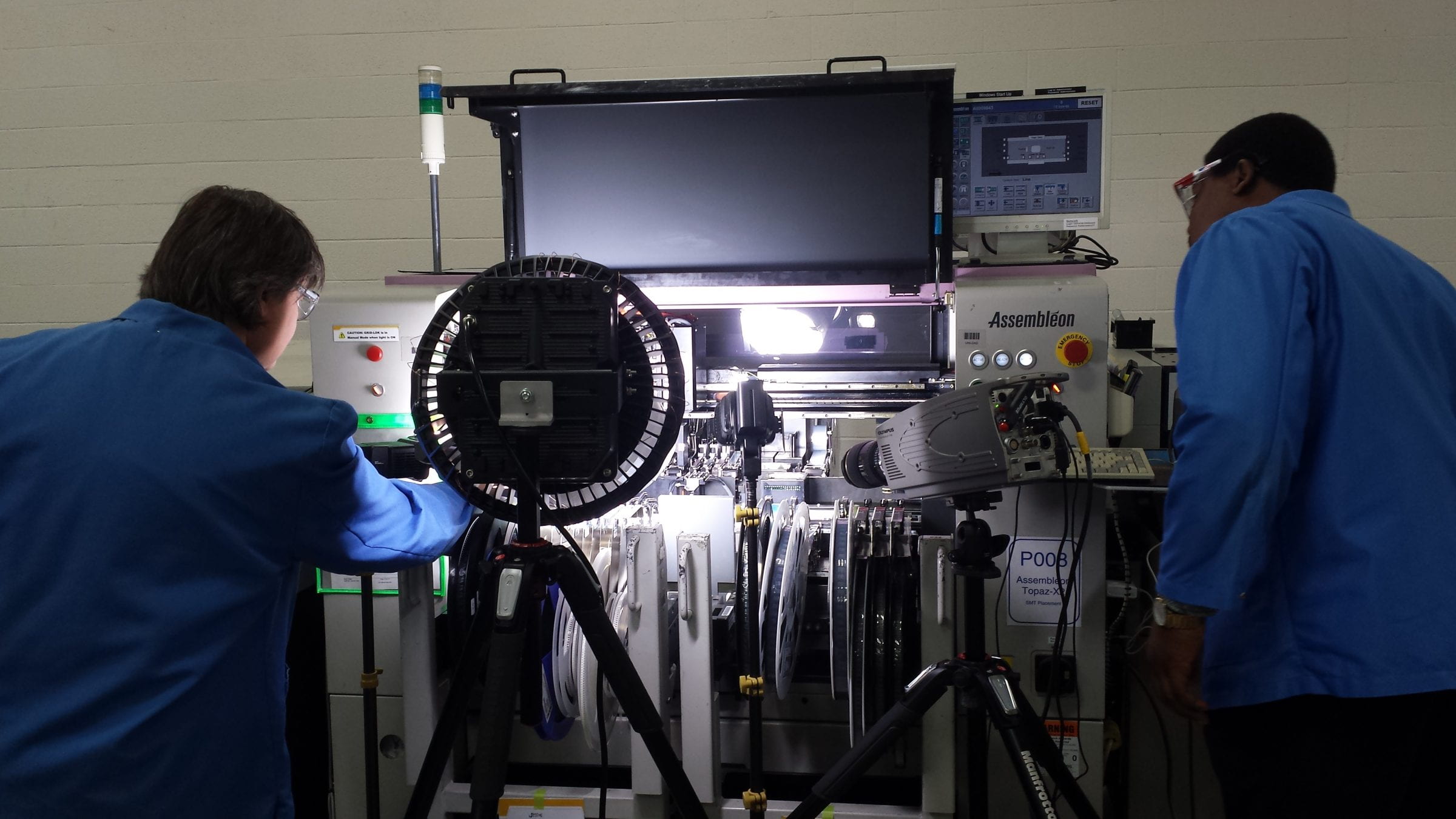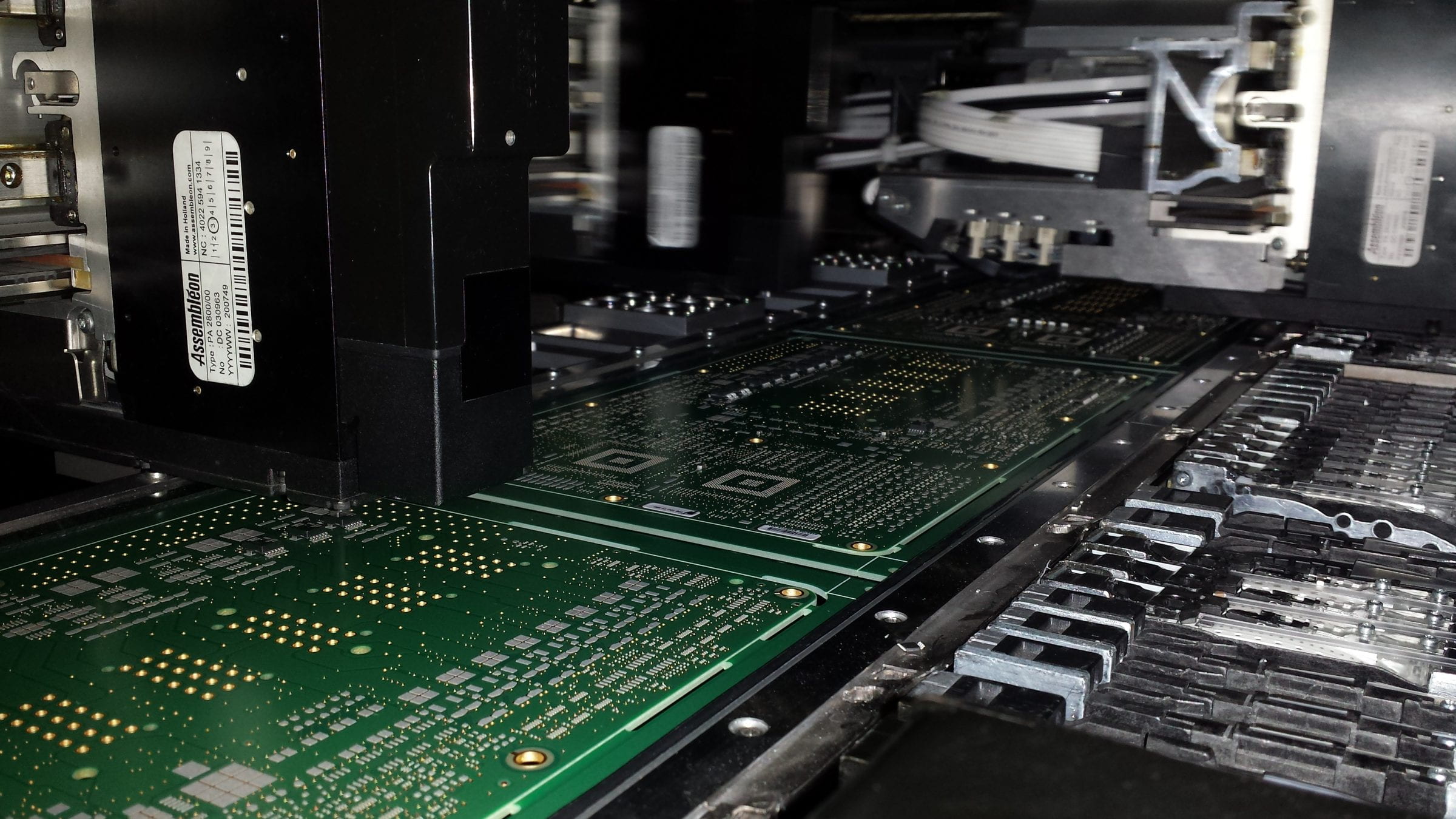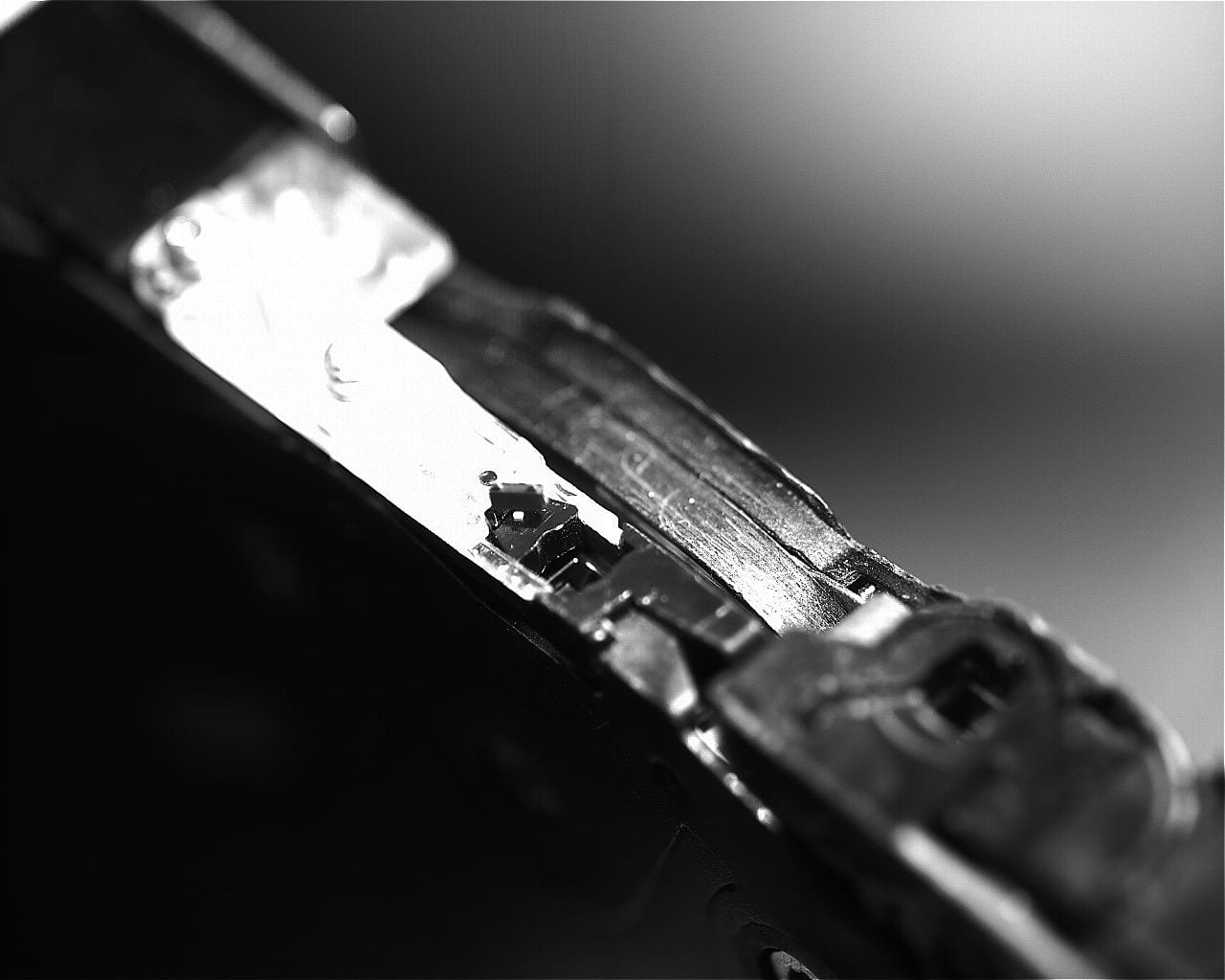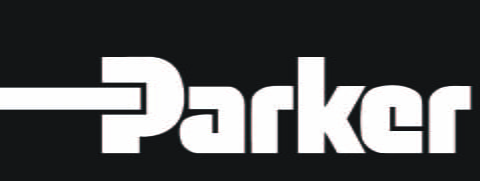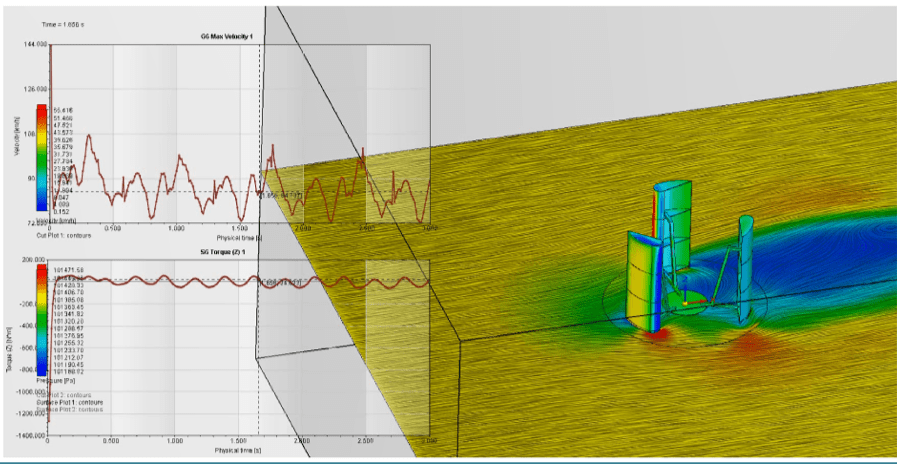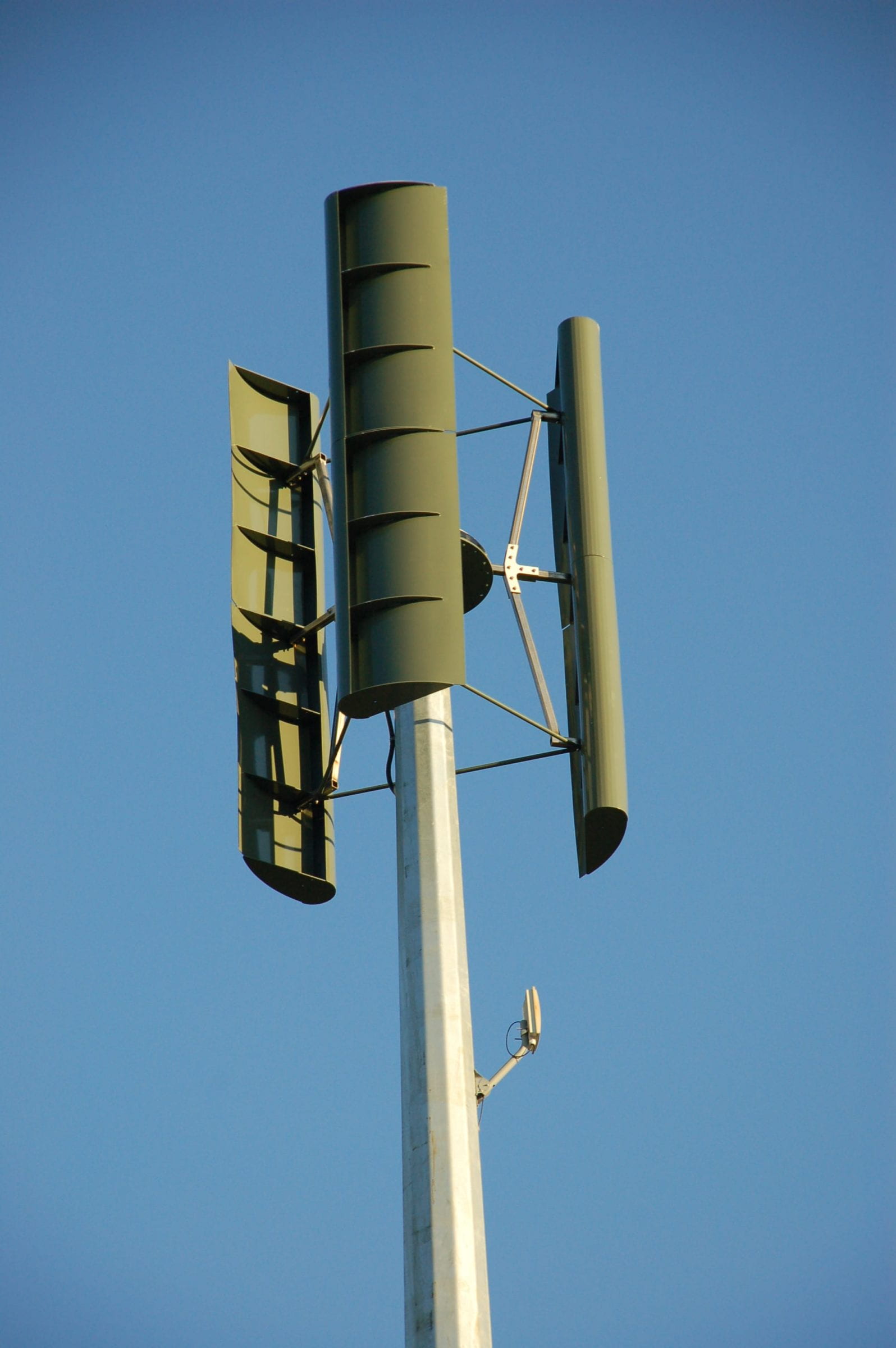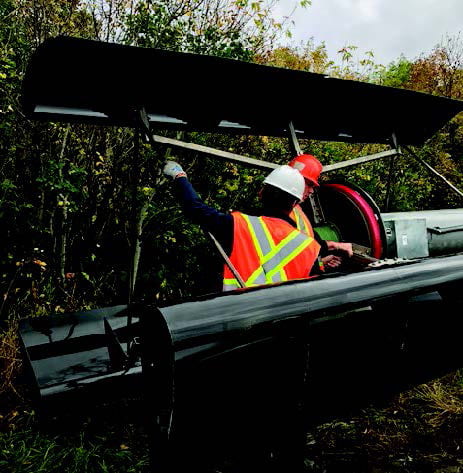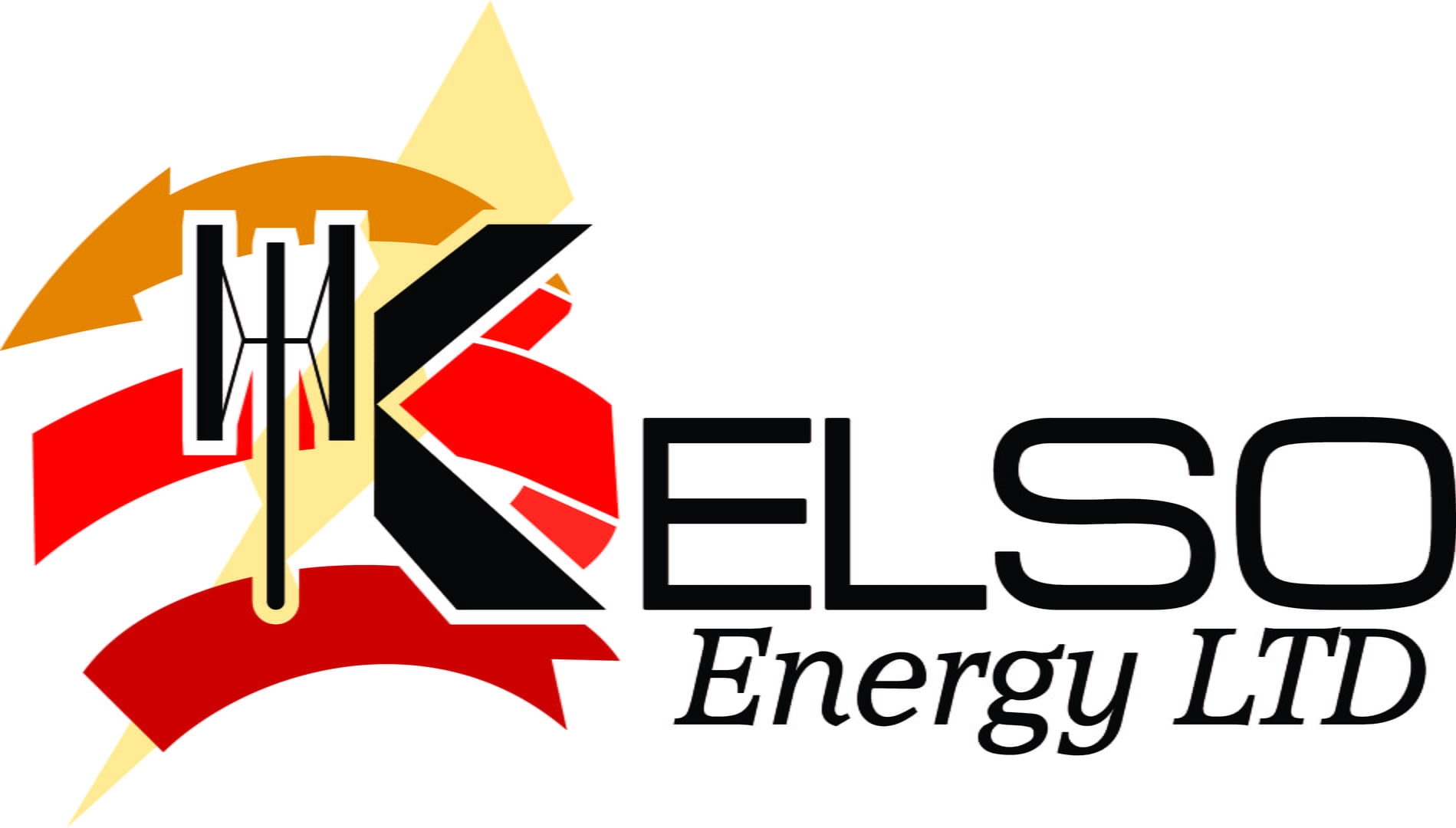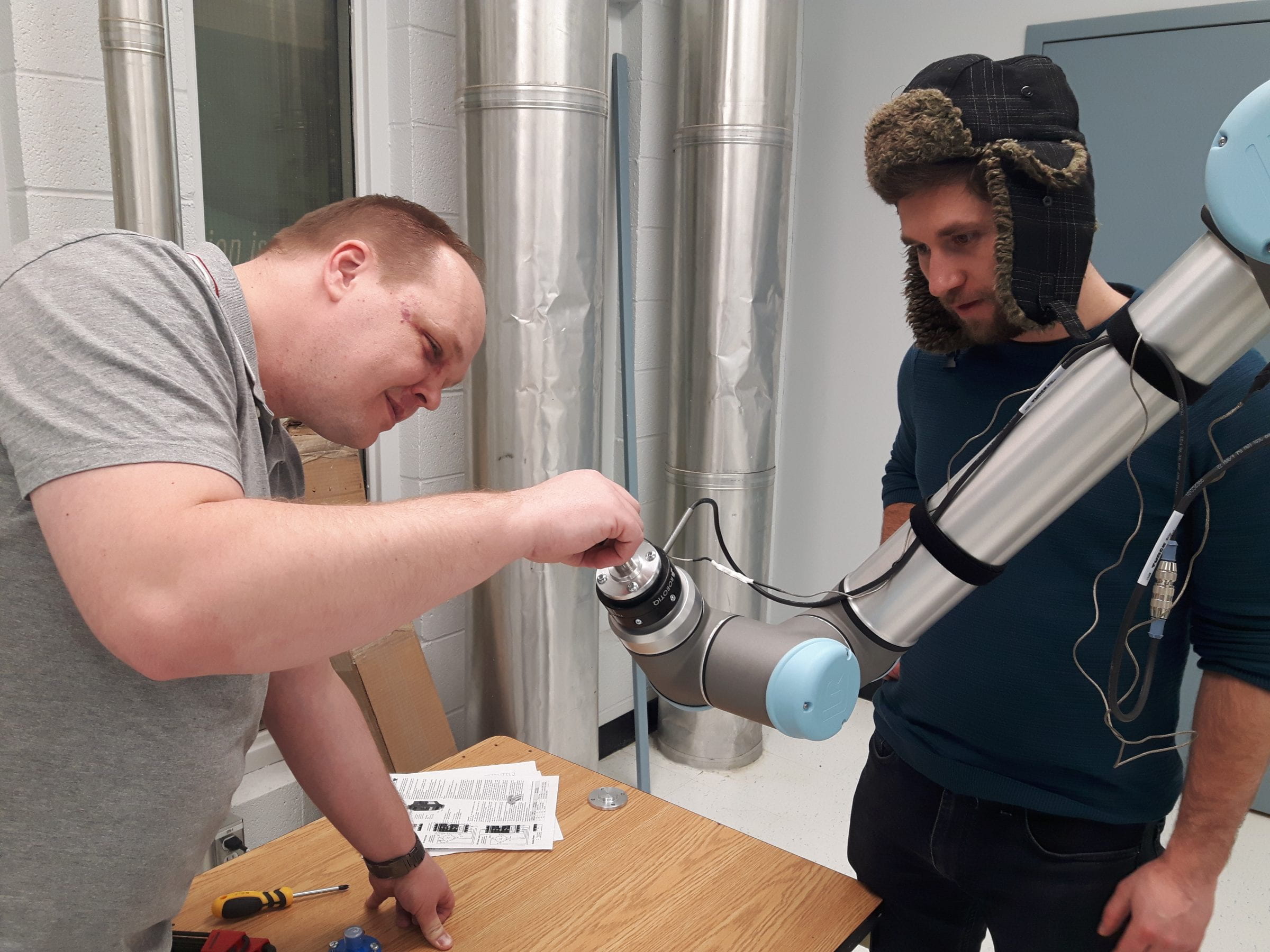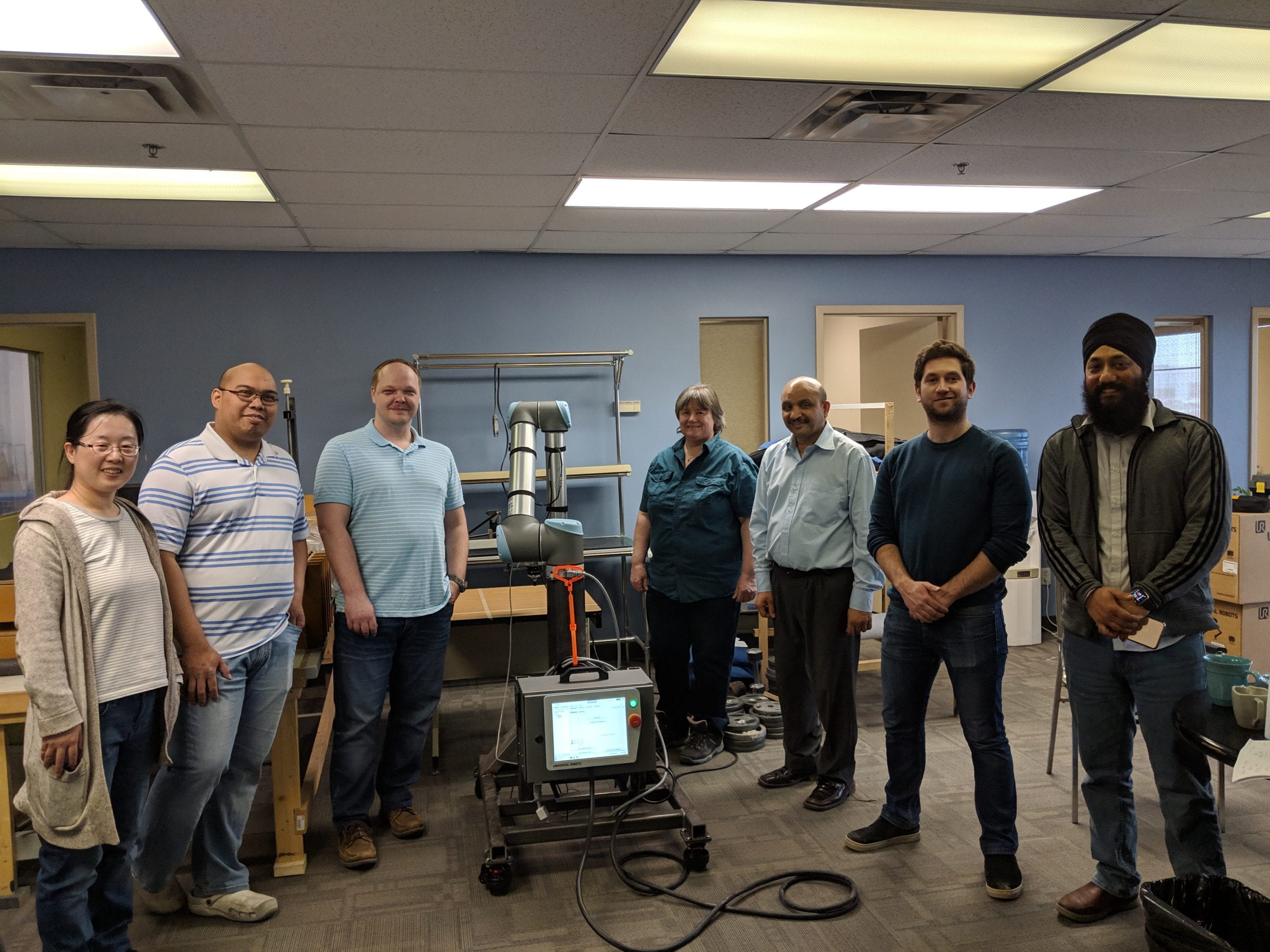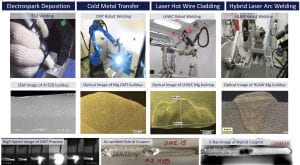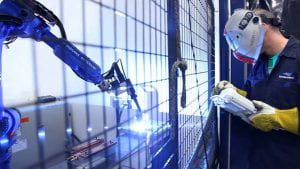TACAM Virtual Knowledge Event for 3D Modelling, Design and Simulation
The Technology Access Centre for Aerospace & Manufacturing (TACAM) recently hosted the first of a three-part series of virtual knowledge events. This event covered the topic of 3D design, modelling and simulation.
At this session, partners from SimuTech spoke about some of the leading-edge technology used to minimize development costs in different stages of product development.
There were also presentations from three TACAM clients who have harnessed these capabilities. Learn about their innovation challenges, how they worked with TACAM, and the benefits realized thereafter by watching the event recording.
Click below to watch a recording of the event, and stay tuned for future events!
